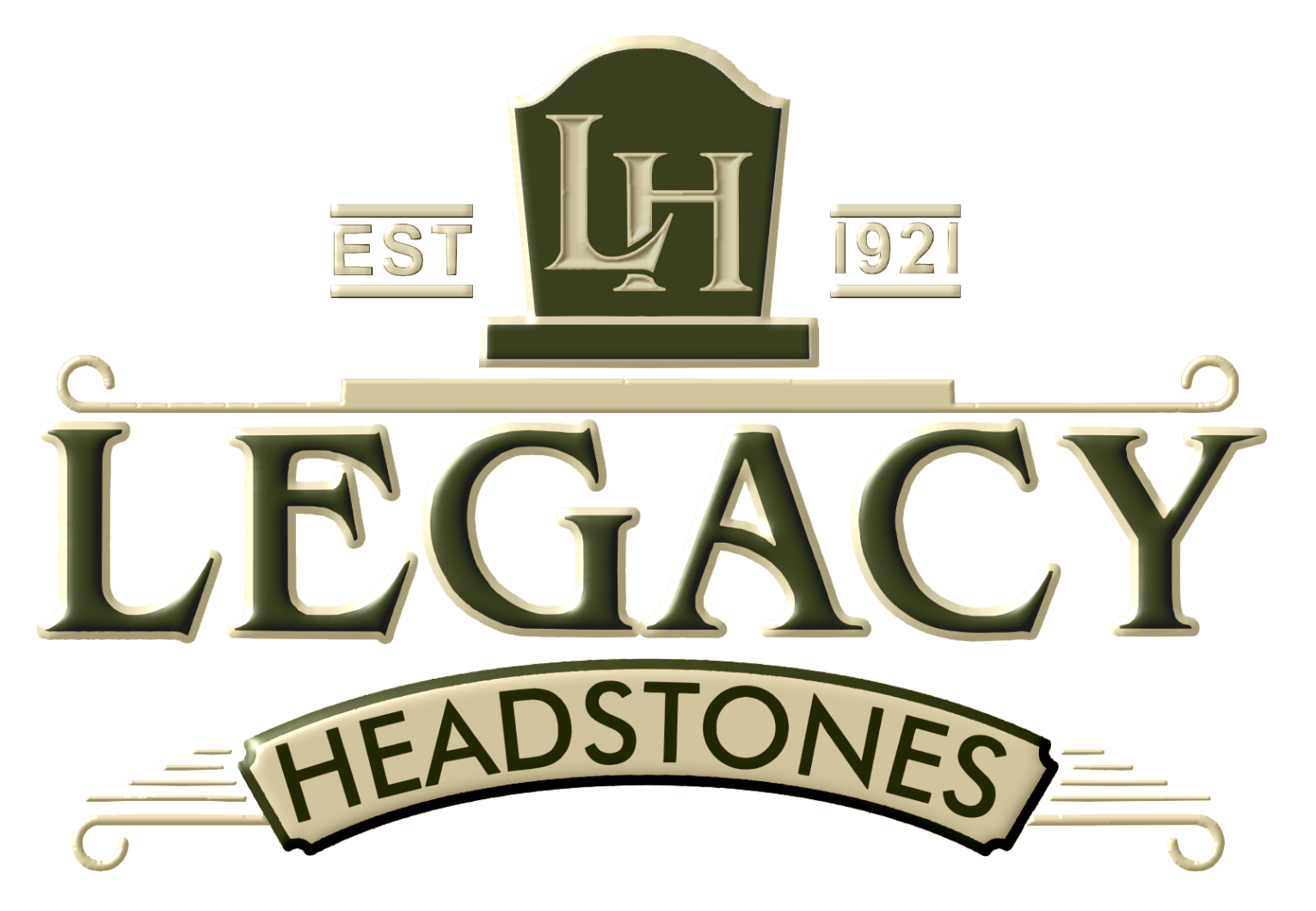Headstone rubbing is an ancient tradition used by family historians and researchers to preserve marker inscriptions. This is the process through which a piece of paper and writing implement is used to create an impression of a headstone’s carvings. It can help to record lettering, inscribed patterns, and natural textures. Through time and wear a headstone can become illegible. Headstone rubbing can bring out letters and designs that would be difficult to see, allowing the user to read what was carved there so long ago otherwise. This practice is controversial, however, due to the damage it can cause to the memorial with repeated rubbings. If headstone rubbing is something you would like to explore, read on to learn the dos and don’ts.
Preparation
Most importantly, you must contact the cemetery before heading out with supplies in hand. Many cemeteries prohibit headstone rubbing because of potential damage, so check with the proper authorities, such as the cemetery superintendent, cemetery commissioner, or even a historical society. They may direct you to obtain a permit, depending on the area. After receiving permission, examine the monument you’ve selected for cracks, breaks, instability, or any other deterioration. A headstone in poor condition may not be able to withstand rubbing, so if damage is present you’ll need to find a different monument.
Next, it’s time to select your supplies. You’ll need a soft brush, plain water, a rag, a large piece of paper, masking tape, and something to deposit pigment. The paper should be large enough to wrap entirely around the headstone, and the pigment depositor can be either rubbing wax, charcoal, or a large, dark-colored crayon. This project is quite similar to children placing a leaf under a piece of paper and running a crayon over the paper to create an imprint. A pigment with a large surface area will allow you to use even, gentle pressure and finish with a successful image.
How to start
Use water, a brush, and a rag to gently clean the monument. Be cautious when removing dirt and plant life. If the headstone is covered in lichen that doesn’t come off with gentle cleaning, don’t try to remove it. After cleaning, wrap your paper completely around the headstone and tape it securely. It is important to use easily removable tape that won’t leave residue on the headstone. Don’t be afraid to use extra tape, especially on a windy day, as it keeps your paper from shifting. Rub the entire headstone with your crayon or wax to capture an image of the whole stone. It is especially important to rub the complete surface if your goal is restoration; a restorer will use this rubbing to understand images, fonts, and dimensions.
Once you have finished creating your image, be sure to clean the entire area. Collect all supplies and take them with you. Don’t leave art supplies or garbage behind; remember to be respectful of the deceased and the cemetery staff. If possible, leave the headstone area cleaner than you found it.
Is it harmful or illegal?
Headstone rubbing can be a controversial practice. The good news for historians and hobbyists is that it is not illegal, but many cemeteries do have rules prohibiting it. In older cemeteries or cemeteries undergoing refurbishment, rubbing may not be allowed at all. Rubbing stones in poor condition could cause accelerated decomposition or even make the headstone fall apart before your eyes. Causing additional damage to a memorial is never desirable, and is sadly a possibility without research and permission. Always contact the proper authorities and examine the headstone before beginning.
Adopting headstone rubbing as a new hobby can be rewarding. It can allow you to preserve general or family-specific history by learning exact names and dates, reading quotes, and appreciating symbols or pictures. Many headstone rubbing aficionados also collect this unique artwork to frame and display. These framed pieces are great conversation starters few others will have in their homes. You will also be able to admire the skill of artisan carvers from past generations, viewing stone carvings that would otherwise be lost.
Rubbings can also be helpful for those wishing to restore or recreate damaged markers. If you’re hoping to add to or restore an existing headstone, companies like Legacy Headstones may request a rubbing to understand the dimensions and lettering style. Whether you’re hoping to develop an exciting craft or looking into restoration, headstone rubbing may quickly become an addictive outing. With simple paper and charcoal, you can preserve a slice of lasting history.

